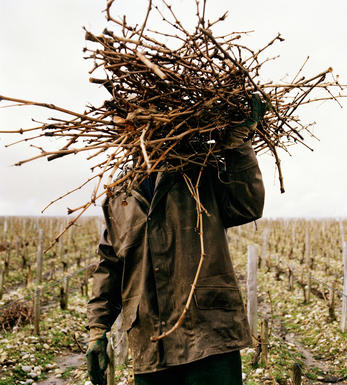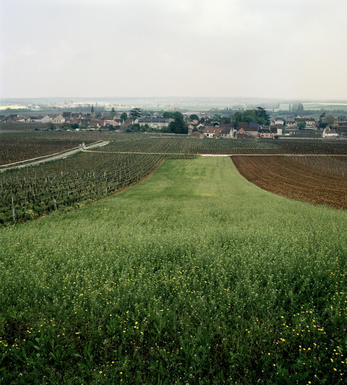
About this WINE

Frederic Magnien
Frédéric Magnien is widely regarded as one of the shrewdest and sharpest young winemakers working in the Côte d'Or today. His father Michel Magnien is a well-respected vigneron who produces wine in his own right, as well as being responsible for the vineyard management of Maison Louis Latour. Frédéric Magnien is the fifth generation of his family in Morey-St-Denis. Having worked with his father after wine school, and then travelled to work with Pinot producers in California and Australia, Fréderic rejoined his father in 1993 and two years later created his own négociant label, which has proved one of the recent success stories in Burgundy.
Frédéric has no vineyards - his talent lies in sourcing fruit from small holdings from the best plots in the finest vineyards. When he started out, he had many contacts through his father and he has now built up a network of growers in Morey-St-Denis, Gevrey-Chambertin, and Chambolle-Musigny. In the winery, Frédéric adopts a hands-off approach as much as is practically possible, enabling each wine to display its individual vineyard origins. His wines are bottled unfined and unfiltered and are as modern as the presentation, with flamboyant labels on turbo-charged bottles: enormously to the taste of some consumers but less so to others.
Jasper Morris MW, author of the award-winning Inside Burgundy comprehensive handbook.

Morey-Saint-Denis
Morey is sometimes ignored between its two famous neighbours, Chambolle-Musigny and Gevrey-Chambertin, but its wines are of equal class, combining elegance and structure. Morey-St Denis, being that little bit less famous, can often provide excellent value.
The four main Grand Cru vineyards continue in a line from those of Gevrey-Chambertin, with Clos St Denis and Clos de la Roche the most widely available. Clos des Lambrays (almost) and Clos de Tart (entirely) are monopolies of the domains which bear the same names.
Domaine Dujac and Domaine Ponsot also make rare white wines in Morey-St Denis.
- 64 hectares of village Morey-St Denis
- 33 hectares of Premier Cru vineyards (20 in all). Best vineyards include Les Charmes, Les Millandes, Clos de la Bussière, Les Monts Luisants
- 40 hectares of Grand Cru vineyard. Clos de Tart, Clos des Lambrays, Clos de la Roche, Clos St Denis and a tiny part of Bonnes Mares
- Recommended Producers: Dujac, Ponsot, Clos de Tart, Domaine des Lambrays

Pinot Noir
Pinot Noir is probably the most frustrating, and at times infuriating, wine grape in the world. However when it is successful, it can produce some of the most sublime wines known to man. This thin-skinned grape which grows in small, tight bunches performs well on well-drained, deepish limestone based subsoils as are found on Burgundy's Côte d'Or.
Pinot Noir is more susceptible than other varieties to over cropping - concentration and varietal character disappear rapidly if yields are excessive and yields as little as 25hl/ha are the norm for some climats of the Côte d`Or.
Because of the thinness of the skins, Pinot Noir wines are lighter in colour, body and tannins. However the best wines have grip, complexity and an intensity of fruit seldom found in wine from other grapes. Young Pinot Noir can smell almost sweet, redolent with freshly crushed raspberries, cherries and redcurrants. When mature, the best wines develop a sensuous, silky mouth feel with the fruit flavours deepening and gamey "sous-bois" nuances emerging.
The best examples are still found in Burgundy, although Pinot Noir`s key role in Champagne should not be forgotten. It is grown throughout the world with notable success in the Carneros and Russian River Valley districts of California, and the Martinborough and Central Otago regions of New Zealand.



Buying options
Add to wishlist
wine at a glance
Delivery and quality guarantee